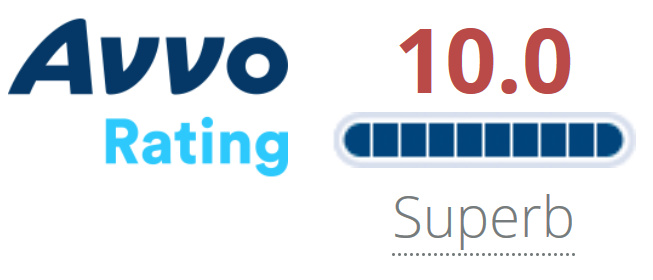Steps for Making Your Divorce Truly Collaborative
The concept of “collaborative divorce” has gained a much wider acceptance over the last decade, as states across the country have sanctioned the alternative approach to marital dissolution. In a nutshell, collaborative divorce involves an agreement by the parties and their attorneys to resolve all differences without the intervention of the court. To that end, the parties look for mutually beneficial solutions to custody, visitation, support and property matters. If they reach and impasse, they must terminate their relationship with legal counsel and hire new attorney to represent them in court. So what are the steps you can take to ensure that your collaborative divorce proceeding is truly collaborative?
Step One: Agree on What It Means to be Collaborative
It’s one thing to actively work to find mutually beneficial solutions—it’s something entirely different to simply avoid taking actions that sabotage the process. If you’ve made up your mind what you must have before the process starts and you know that it’s neither realistic nor fair to your ex, it’s not collaborative to calmly and warmly ask for the same thing over and over. Collaboration is just as much about the substance your negotiations as it is the style.
Step Two: Be Proactive When It Comes to Communication
The collaborative process is not supposed to be an adversarial process. It won’t work most effectively if you try to use silence or lack of communication to try to elicit concessions from your ex. Even though it may have been difficult during your marriage, try to be forthcoming in all your communications.
Step Three: Be Willing to Defer to Experts
The collaborative process works extremely well when you take your personal emotions out of disagreements about custody, visitation, support and property, and rely on the recommendations of an unbiased third-party expert, such as a child psychologist or financial planner. It’s important to make sure the expert has no conflicts of interest, and that the expert has all relevant information with which to make a fair recommendation. Deferring to experts frequently eliminates the perception by either party that they “got the short end of the deal.”
Step Four: Be Willing to Compromise
The goal of collaborative divorce is to quickly and cost-effectively resolve your differences in ways that benefit everyone. This will likely require some compromise, but the time and money saved can be worth it.
Contact the Law Office of Len Conner & Associates
At the Law Office of Len Conner Associates, we offer a free initial consultation in all family law matters, including issues relating to divorce. Send us an e-mail or call our office at (972) 445-1500 or 972-445-1500 if you’re in the Dallas-Fort Worth area. Or call us toll free at (877) 613-5800 for an appointment.




